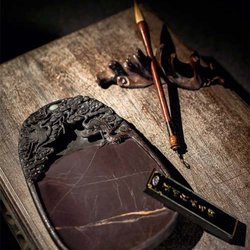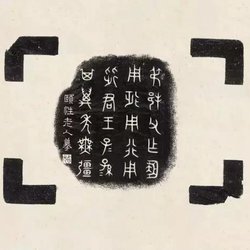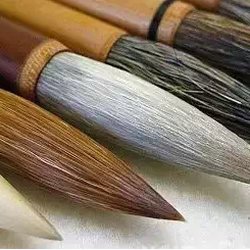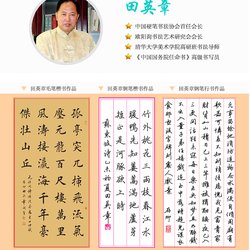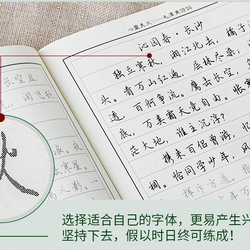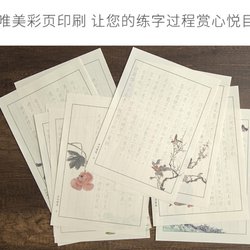The function of the Four Treasures of the Study is to record. You can record historical events or your thoughts; you can draw birds and animals, or you can write poetry and prose. As a recording tool, it carries Chinese culture and is all-encompassing.
Since ancient times in China, knowledgeable and cultivated scholars have been called "literati." The word "Mo Ke" points out the importance of ink to scholars. In the study room of the ancients, a scholar would recite poems and compose poems in front of his desk. There would always be a beautiful lady or bookboy quietly studying the red sleeves of ink to add fragrance.
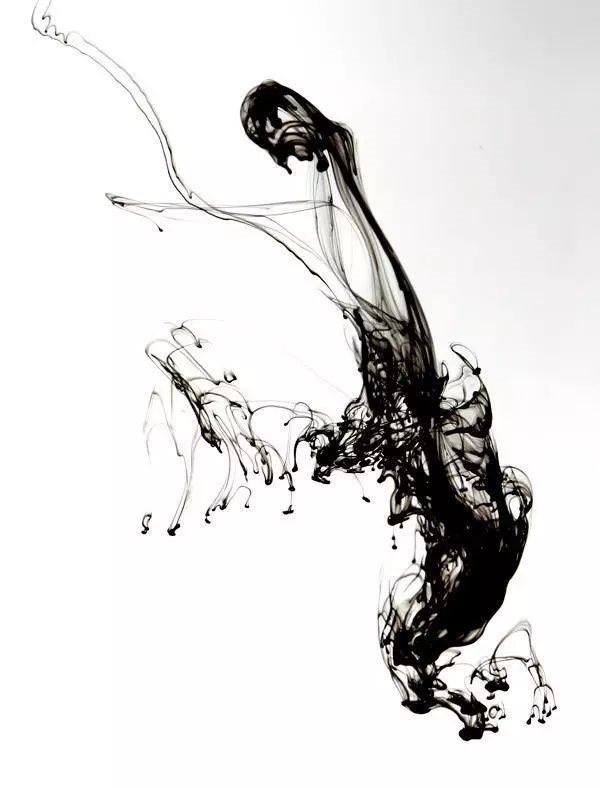
Ink is the black material used for calligraphy and painting. It was produced in about the same era as the writing brush. There were similar ink marks in the oracle bone inscriptions of the Yin and Shang Dynasties, but the ink at that time was just a kind of natural graphite.
Artificial ink in my country probably began during the Warring States Period. Judging from the bamboo slips unearthed at that time, the quality of ink had reached a certain level at that time. As the scale of ink production expanded in the Han Dynasty, the scale of ink-making workshops also became larger and larger.
Wei Dan, a calligrapher during the Three Kingdoms period, was the earliest famous ink-maker recorded in our country. With the passage of time, after the Han and Wei dynasties, ink-making technology became more and more developed, and by the Song Dynasty, Huizhou became the country's ink-making center. The "Hui ink" produced here is famous all over the world, and famous ink makers such as Hu Kaiwen and Cao Sugong have emerged in large numbers, and their reputation is still alive today.
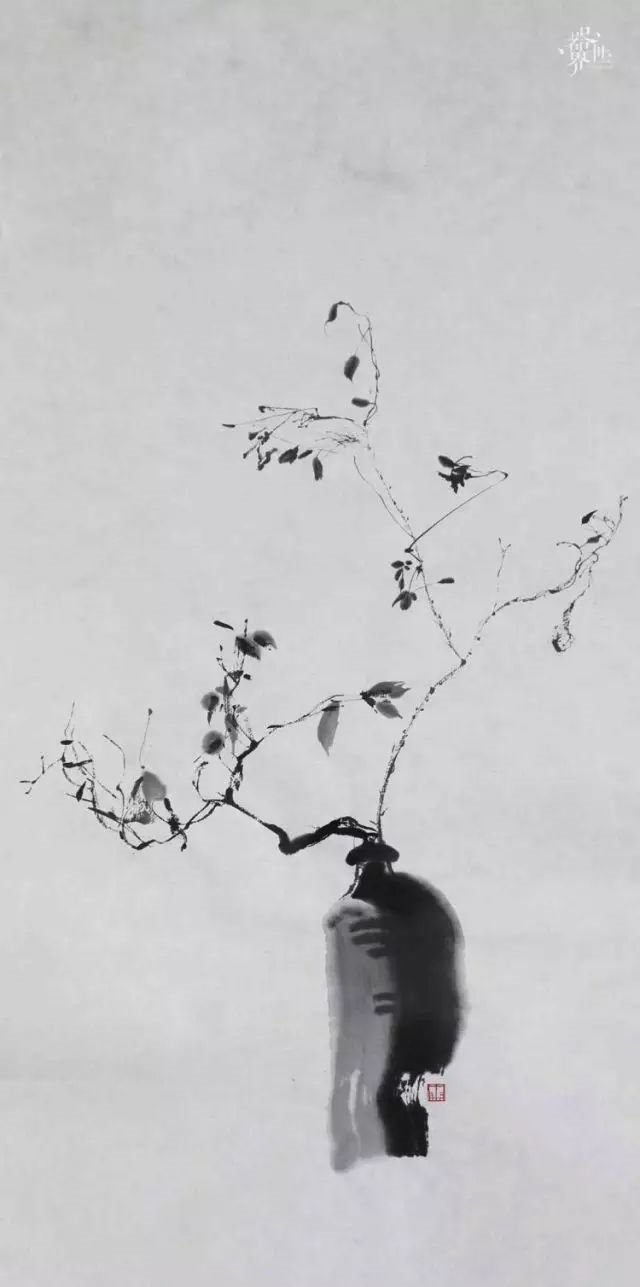
The ink is made from pine smoke and oil fume. Common varieties of ink ingots include pine smoke ink, oil smoke ink, special smoke ink, etc. In ancient times, ink-making mostly used soot from burned pine wood as raw material, hence the name pine smoke ink. It is made by cutting down pine branches, burning smoke, sifting smoke, melting glue, pestling, hammering, etc. The process is relatively complicated and has the longest history of use.
The production method of oil smoke ink is as follows: the smoke burned by animal and vegetable oils (i.e., tung oil, lard, sesame oil, asphalt and other fats and oils) is refined and then mixed with musk, borneol and other glues and put into the mold for pressing. Special smoke ink is made from a mixture of oil smoke and refined smoke. In addition, there are varieties such as green ink and colored ink.
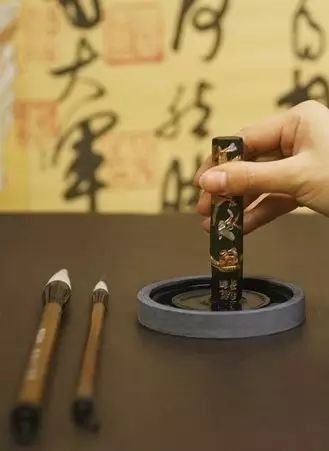
Good ink has the following characteristics: the smoke is fine and the particles are small; the glue content is low; the ink color is deep after being applied to the paper (high-quality ink is black with purple and blue light after being applied to the paper); the sound is crisp and not muddy when struck; the shape is elegant and the carving is fine. Good ink can be stored, and the longer it lasts, the better it will be.
When it comes to grinding ink, the ancients were very particular about it. Ink ingots were ground with well water. Li Ruzhen, a great scholar of the Qing Dynasty, only used the well water in the courtyard of the Confucius Temple in Beijing to grind ink. Using this well water to grind the ink, the ink was fragrant and the writing was smooth. Chen Yi of the Yuan Dynasty once said in "Hanlin Essentials: Meat Method": "The method of grinding ink is to press hard and push gently, traveling far and breaking near."
When grinding ink, press and push it evenly in a certain direction, and grind it in a circular or oval shape from far to near (from outside to inside). Don't use too much force, don't be too anxious, and the ink and inkstone should be in the appropriate position. Keep it vertical and do not tilt it to prevent ink particles from falling off.
The Song Su Yi Jian's "Four Pus of the Study: Ink Pu" says: "Pursing ink is like a disease, and the cover is heavy so that it can be mixed evenly without mud." Generally speaking, four basic points should be grasped when grinding ink: pressing hard, grinding lightly, and keeping the body straight. , Xiangding. When grinding, don't add too much water at one time. You can add water while grinding. Don't add too much water at once, add a little cold water, and add more water after the ink becomes thicker. If you want to use light ink, grind the ink to thicken it and then add water to dilute it.
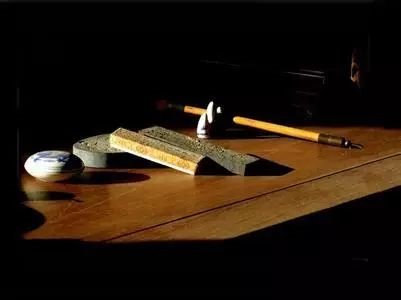
Since the Song Dynasty, ink has gradually become a display and appreciation item on literati's desks. It requires excellent ink quality and pursues beautiful form and decoration. This has prompted ink to form a category of arts and crafts and become a work of art treasured by people. Su Dongpo, the great poet of the Song Dynasty, had a poem that said, "If you dare not use ink, you will enter the Penglai Palace." This is a reflection of this trend.
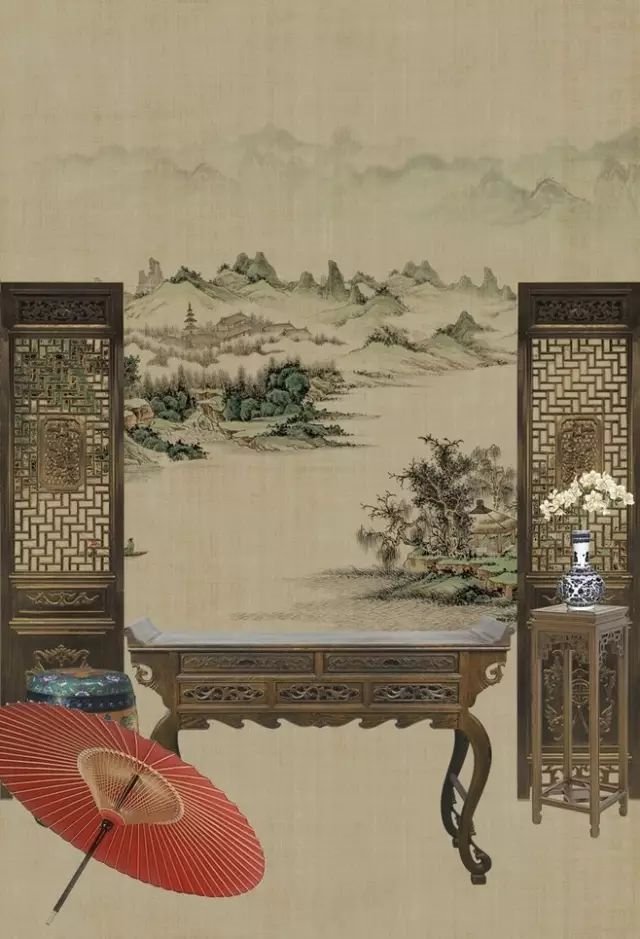
Burn a stick and pour it into the ink, grind it into a pool and it will drip. The book is full of lovesickness, and the chanting is lingering. A scroll of calligraphy and painting is slowly unfolded, and the fragrance of the four treasures of the study is filled with ink. Looking through the window, greenery spreads over the branches. When the ashes and smoke of the incense burner are burned out, the sandalwood remains, but its residual warmth remains.
The wolf's hair swims, and pieces of vague softness float slowly. The taste of pulses seeps out from the ink stains. Those free and elegant words dance the Tang Dynasty and Song Yu into ethereal lines of poetry. The ink has swept away the dust of the years, and is fixed in the Tang Dynasty, Song Dynasty and Han Dynasty. She retreats into the mist and rain of the fog pavilion, dreaming in and out of dreams, and gets drunk with the fragrance of books together!

